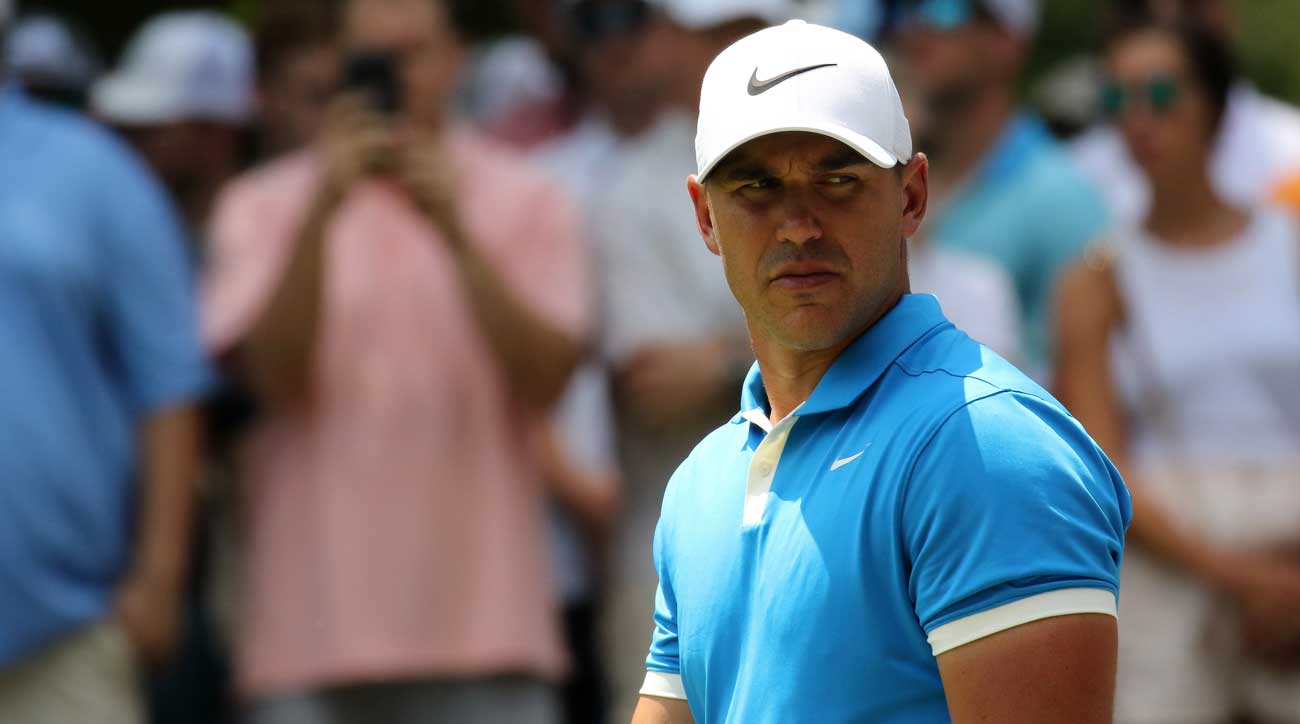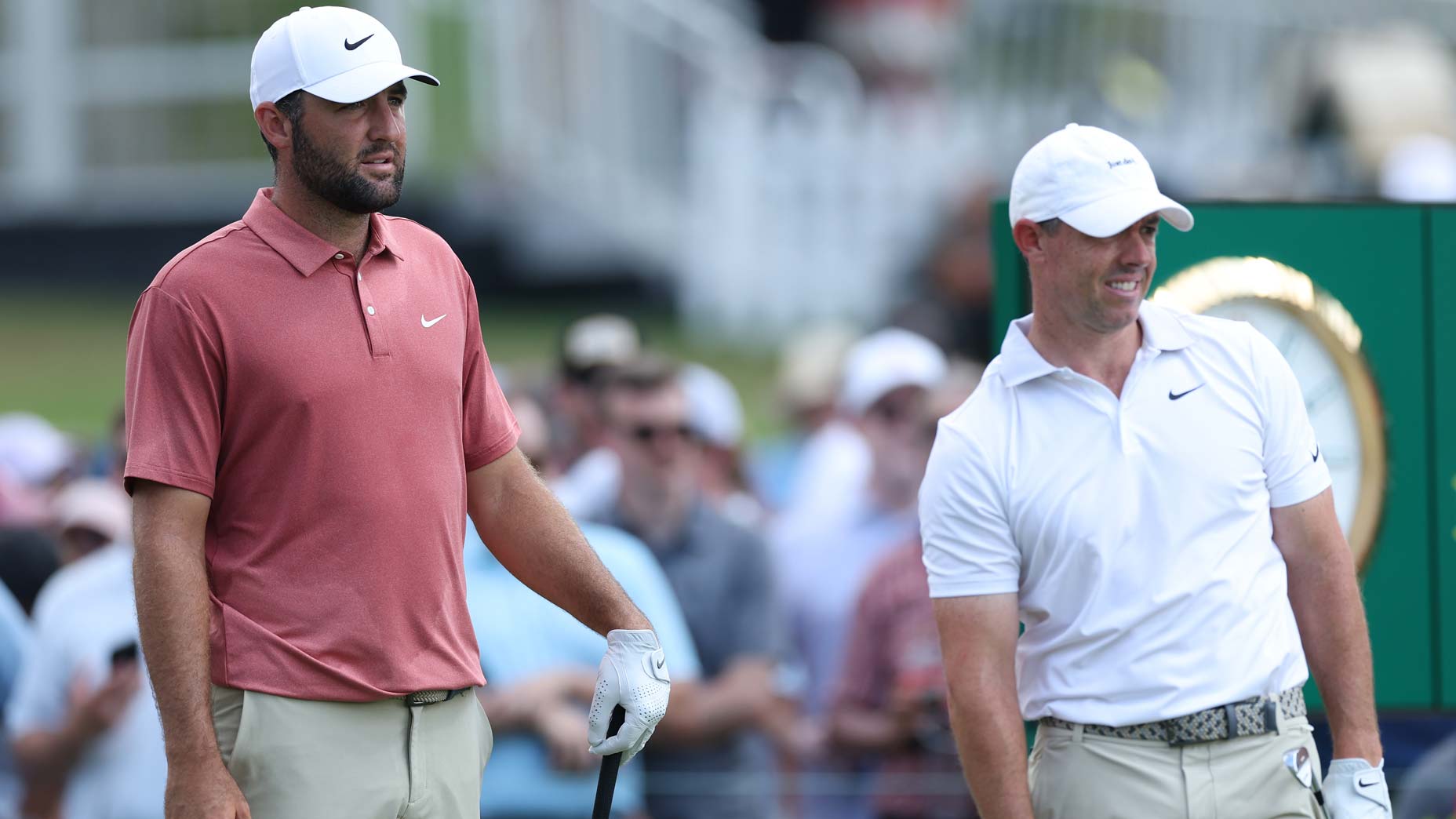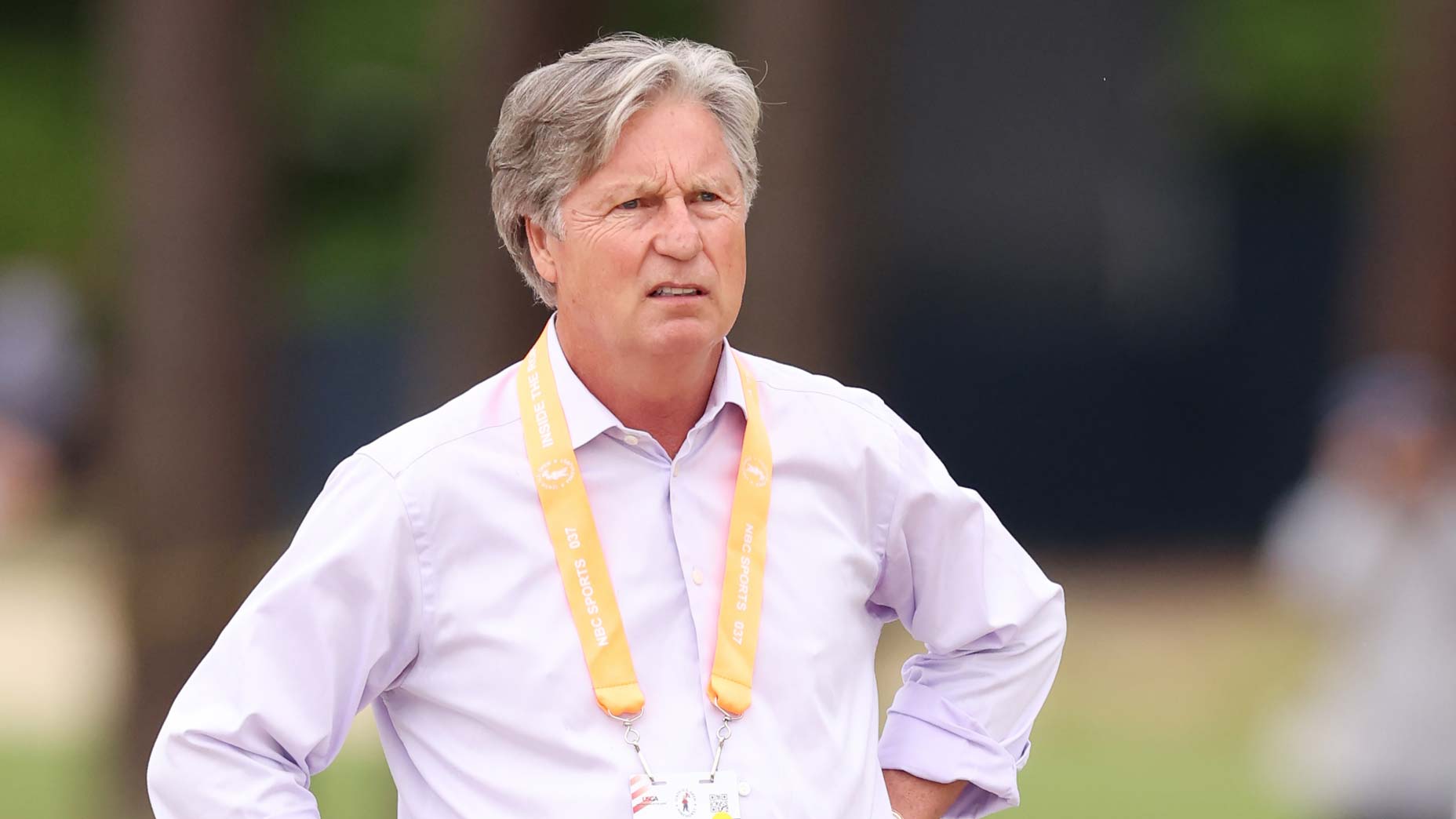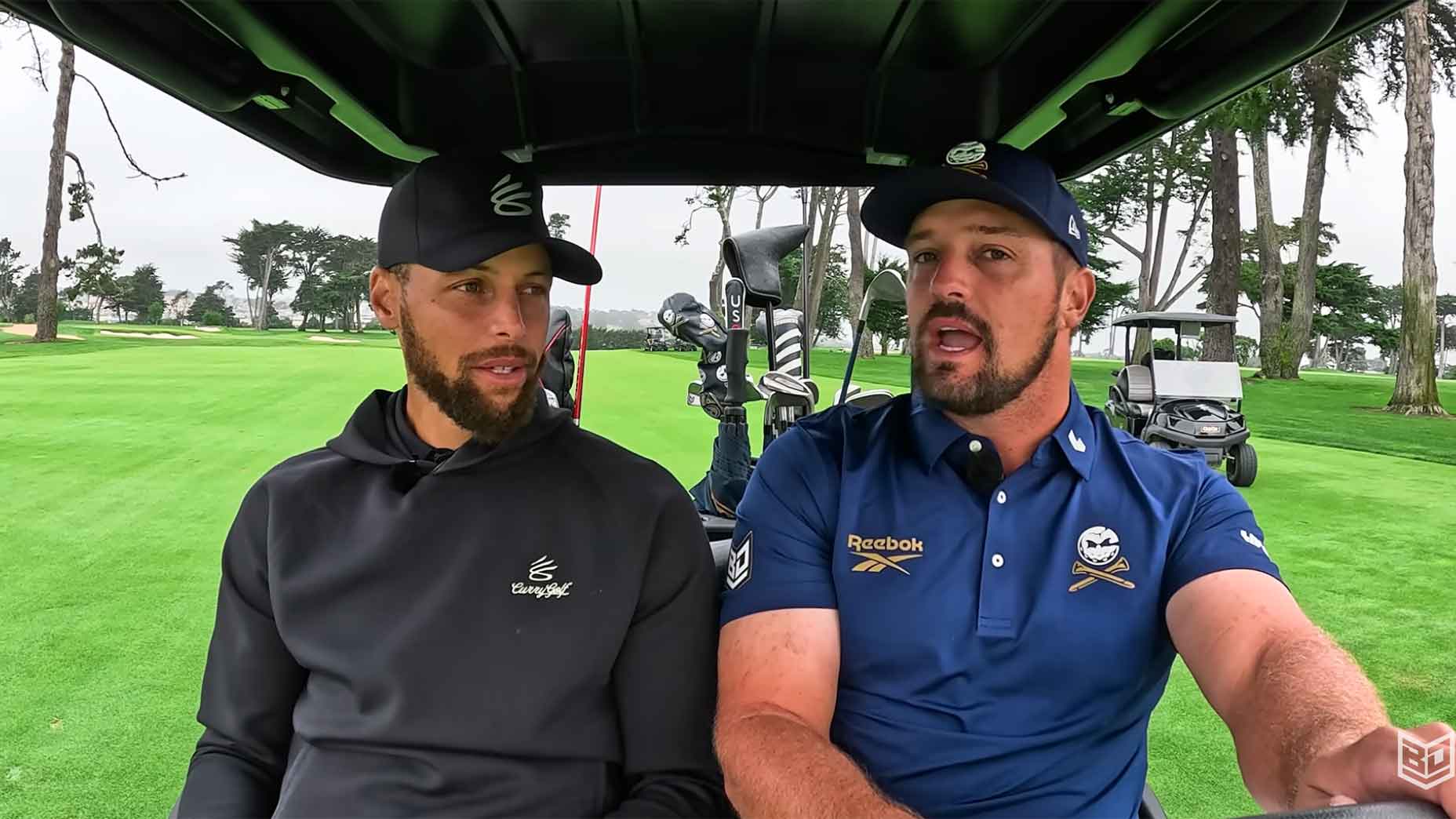 2 reasons why 2025 was one of the most important golf years … ever
2 reasons why 2025 was one of the most important golf years … ever
PGA Tour announces review of pace-of-play policy, will use ShotLink to track players

Due to “recent incidents,” the PGA Tour announced on Sunday that it will take a deeper look into the Tour’s pace-of-play policy.
According to the release — a Staff byline on PGATour.com — the Tour’s pace-of-play policy only addresses players in groups that are out of position, but the Tour is now considering expanding that to all players regardless of group position via ShotLink.
Slow play on the PGA Tour has long been a controversial topic, but the “recent incidents” the story refers to is in reference to Bryson DeChambeau and a pair of videos that went viral during the second round of The Northern Trust on Friday. They led to social media and fellow pros criticizing DeChambeau and the Tour’s policy. DeChambeau also defended himself.
ADVERTISEMENT
“We know that the individual habits of players when they are preparing to hit a shot can quickly become a focal point in today’s world, and our players and fans are very passionate about this issue,” said Tyler Dennis, the PGA Tour’s Chief of Operations. “We have leveraged our ShotLink technology to provide every player with a pace-of-play report that they can access, which breaks down the varying parts of their game and gives feedback on the amount of time on average that the player takes to hit a particular shot. We are currently in the process of reviewing this aspect of pace of play and asking ourselves, ‘Is there a better way to do it?’ We think technology definitely plays a key role in all of this and we are thinking about new and innovative ways to use it to address these situations.”
Dennis noted several factors that must be considered when tracking pace of play, which includes daylight, course setup, weather, amount of fans and media following a group and more.
The Tour’s current pace-of-play policy places groups on the clock when they fall out of position, and they are given between 40 and 50 seconds to hit a shot. The first bad time is a warning, and the second in the same round a one-stroke penalty. Players are also fined after their second bad time.
ADVERTISEMENT






